

One of the most remote skateboard demos ever happened more than 20 years ago in a village north of Madang in the lowlands of Papua New Guinea. Located off Australia’s Cape York, Papua New Guinea is the eastern half of the island of New Guinea. Some 840 different languages are spoken there — more than anywhere else in the world. Just around an eighth of its population lives in cities, so it is very rural. “It’s not developed at all,” says former pro skater Kenny Reed, who in the early 2000s, read a book about the place and decided to go there by himself following a skate trip to Australia.
Reed says he had hoped to get deep into the country’s highlands, but the travel agency with which he booked his trip said such excursions can take six months of planning. He was coming on short notice and was given a more simple itinerary. “It wasn’t as far out as I wanted to go but it was really far from civilization,” he says. The people he met were subsistence farmers who didn’t wear shoes. He’d brought his board and folks were curious about it, though hard surfaces were tough to come by. “The king of the village had a plywood floor in his hut [so we took it out] and we used that,” Reed says of the resulting one-man demo. “After that, they taught me how to throw spears and shoot bows and arrows.”
Traveling to both far-off and familiar places makes skateboarding happen, and Reed was the original globe-trotting pro. Ask any industry type, and travel is one of the biggest perks of the job. For some pro skaters, it practically is the job. Fellow travelers, especially those who get to remote places, say the life isn’t for everyone. You need to be ready for discomfort, though the benefits of travel are worth it compared to staying home. If not all the way to Papua New Guinea, how does it work to go skate in Kazakhstan, Kenya, or even Cleveland?
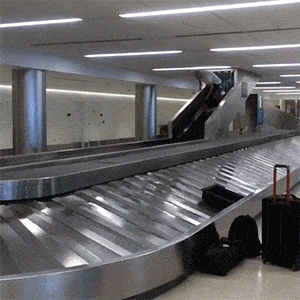

In the case of Kazakhstan, Jacob Harris, the videographer behind the Atlantic Drift series, who went there this summer, says he was pitched the idea to go. The pitch, in the form of a PDF with photos of spots and written descriptions, he says, came from an exiled Russian skater he’d met in Moscow, who now lives in Istanbul. The PDF treatment was unique. “We don’t usually have it ready-made for us. We never go in fully blind, sometimes we’ll go in off somebody’s word,” Harris says. The bottom line is finding a destination that has enough potential to film an edit. Manilla, the capitol of the Philippines, he says, didn’t appear, at least on Google Earth, to have enough spots. Otherwise, Harris says, the requirements are straightforward: “Where do we think we would enjoy being and enjoy skating?”
“Namibia, Tasmania, Iceland – there was always a clip or an Instagram or someone knew of someone who skated [there],” says photographer and former Red Bull producer Sam McGuire. “The Maldives was the only place [we went] where there was no nibble at all, like we had no idea. I just assumed [that] in this crammed island of half a million people in two square miles, [the island country’s capitol, Malé], that there must be something to skate. That’s kind of the magic and the risk of it all.”
McGuire, who grew up on a farm in Iowa, says he pursued skateboard photography as a job hoping it would lead to international travel. Working as a staffer for Etnies, he made it to Europe and Australia; he says he took the job with Red Bull “to get really slutty” with travel. Harris, meanwhile, has a less romantic view of skate travel – from his home in London, it’s a two-hour flight to Milan or Paris. “From a young age, going to a different country on a skate trip was a pretty casual thing,” he says. Former pro skater Walker Ryan says when he was growing up, his parents were constantly on the move, making it seem normal. For instance, when he was three, his father tried to start a winery in the former Soviet republic of Georgia, and he tagged along.

Ryan says he spent five years rent-free without a permanent residence, staying with friends and family and in hotel rooms. “I would just finesse skate trips from other skate trips,” he says. If one of his sponsors at the time — Organika, C1rca or Alphanumeric — sent him to Montreal, instead of heading to a home he didn’t have, Ryan says he’d hop a bus to New York City; if a European tour was coming to an end, he’d head to East Asia (travelers say shoe sponsors fund the majority of travel nowadays.) “The first time I realized that could work was so eye-opening,” Ryan says. Photographer Jonathan Mehring, who for years traveled the world as a staffer for Skateboarder magazine, remembers parting ways after a trip with Reed in the mid-2000s at Vilnius International Airport in Lithuania. Mehring says he was grabbing a flight home, while Reed was continuing his travels. Mehring recalls Reed checking potential destinations on the airport’s split-flap display board, thinking how his friend was “truly free.”
“When you get accused of terrorism, that’s next level,” says McGuire. “That’s not good.” Filming clips for a Red Bull project in 2019 near a police station in Nairobi, Kenya, had gone a bit sideways. McGuire, along with skaters Jackson Pilz, Jaakko Ojanen and others, had been detained in the police station courtyard. Officers were drinking and shouting at the group, accusing them of being terrorists for filming the station. It went on for hours. McGuire says it’s important to know who’s in charge on trips, and in this instance, he was, so he had to do something.
“I had bribed people in Africa before, and it’s a funny game: sometimes you just leave it on the table under a book. You don’t talk about it, it’s like a there’s a wiretap,” McGuire says. “I walked [into the police office] and was just like, ‘Hey guys.’” He says he had roughly $1,200 worth of U.S. dollars and Kenyan shillings – it’s useful to carry a ton of cash when traveling in a large group to places where credit cards are not as readily accepted. “‘This is everything I owe you for the citation. I hope this is all cleared up,’” McGuire remembers saying. “‘We’re good, we’re gonna walk out and none of you guys are going to follow us. Just leave us alone.’” He says the bribe worked but the day of skating was done.

A key to travel is “just being ready for discomfort, being patient,” Ryan says. “Things will go wrong and you’re just going to have to adapt. People think they can control everything.” He says he was once trying to fly from Thailand to Bangladesh and the tickets he’d booked in advance were no good because the airline from which he’d bought them had gone bankrupt and no longer existed. Harris says facial recognition via public cameras in a Moscow metro station got Sylvain Tognelli stopped by the police after he was identified as a wanted man. (Harris says police showed them a photo of the guy they were looking for and “he looked exactly the fucking same” as Tognelli). Mehring says that during a skate/motorcycle trip, he went over the handlebars of his bike in a Vietnamese mountain pass while trying to get around a water truck, escaping the crash with just scrapes and a dented helmet.
Ryan offers a handful of other travel tips for faraway places: bring extra trucks despite the extra weight; find a local to show you around if possible, they can be especially helpful when it comes to bribes; be mindful of where you can and cannot carry a skateboard onto a plane, because having to unexpectedly check your board could make you miss a flight.
Nicole Hause estimates that up to 75 percent of her time is spent on the road. “Most of my job happens when I travel,” she says. “I feel like when I’m home, the job is to go out and film, but you have to collect yourself after traveling so much. It’s really hard to go about life without a routine in some sort of way.” Sean Malto says that 2023 was the most travel-heavy year of his career. He says recent travels had him in Toronto for The Bunt Jam and hanging out after; then it was to Paris for the Olympics; he flew home for a couple days then headed to Cleveland for the Joe Haden Golf Classic, which was golfing with NFL guys; next he was off to Tampa for a Nike SB event with the Tampa Bay Rays, where he and others skated a park set up off the left foul pole at Tropicana Field while the Rays hosted the Baltimore Orioles.
Such intensive travel comes with some fringe benefits – Maltos’s got Delta Diamond Medallion status and is a Million Miler with the airline – but it also might have caught up with him. He says one morning he hopped a flight home from Mexico, then that night flew out to Australia. Half way through the flight he developed a pain in his leg that ended up being a potentially fatal blood clot. He was put on blood thinners for three months and couldn’t skate due to the risk of bleeding to death if he were to get hurt. “Now I take a blood thinner for every long flight,” Malto says.
While both Malto and Hause live in Los Angeles, neither says they like doing their jobs there much due to all the driving, the competition for spots, the hassle. “Living in L.A. and trying to film is way harder than it should be,” says Hause. “Skating in LA sucks,” Malto says, adding that he misses hopping in the van for weeks on end.
Dakota Servold says he’s probably put in some 200,000 miles driving “Yeto,” the 2012 E350 Econoline Super Duty van that carts him and other Tum Yeto riders like Leo Romero and Braden Hoban around on months-long U.S. skate trips. He says the van has a total of roughly 350,000 miles on it and needs about $1,000 worth of work, but is otherwise running well. “You’re staying skating by staying on the road,” Servold says, pointing out it can be both more fun and productive than skating at home. The van, he says, can be better than a trip somewhere far away because it has everything you need to make a spot skateable: six sheets of plywood, two sheets of Rhinotop skate surface taken from Geoff Rowley’s old ramp, a grinder, Bondo, all the tools. “We’re burning on both ends with age and time,” Servold says, “so the more you’re in the van the more opportunity you have.”
The Tum Yeto Van 
Opportunity, Harris says, is the driving force behind the travel that goes into Atlantic Drift. “I never actually thought of it as [travel-based],” he says. “It’s episodic – you get people together somewhere for two weeks and you have a video.” He says he prefers not to film at home unless it’s with Tom Knox, Casper Brooker or Mike Arnold. “I like to get on with my life in London.” Getting into his thirties changed his perspective on travel; Harris says it’s incredible but it can be really disruptive. He says there’s a risk of becoming jaded with it all, but he also tries to keep in perspective what making skateboard videos has done for him. “It’s such a tiny window in human history where this has been possible,” he says, “nor has there been this silly job to allow this to happen.”






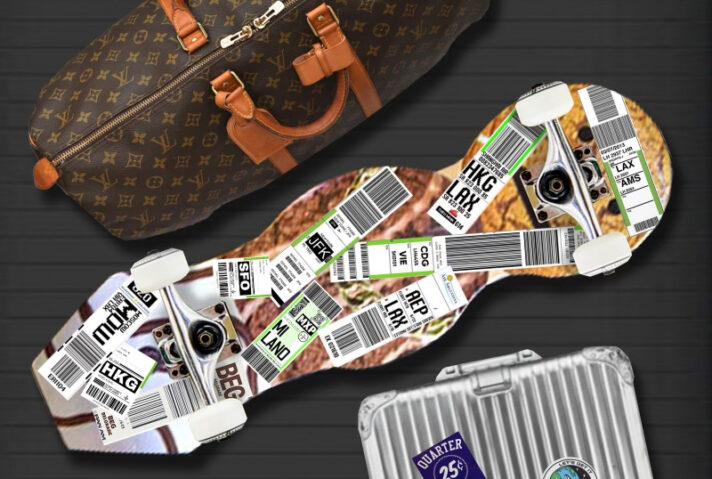
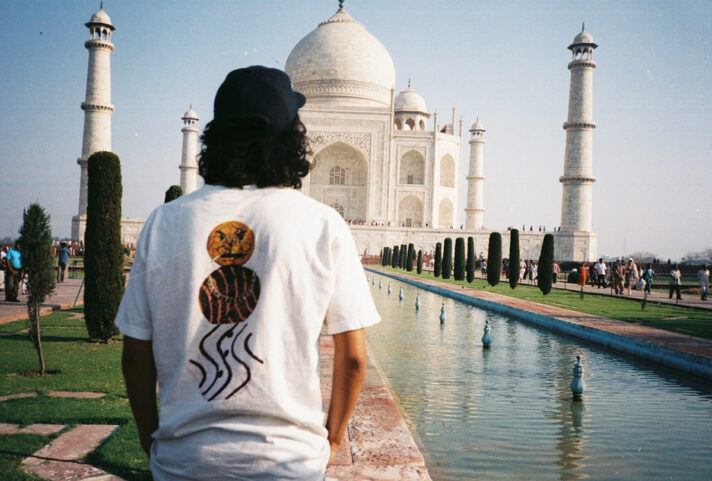
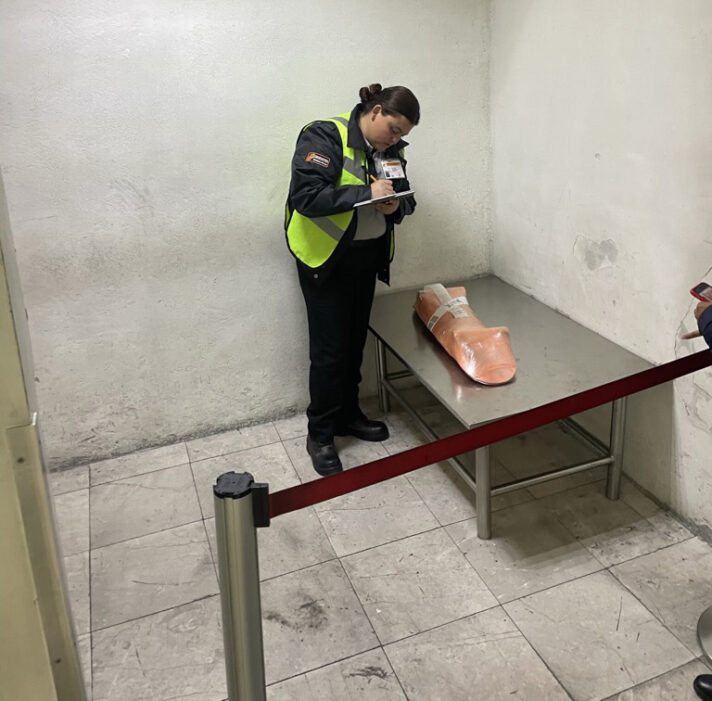
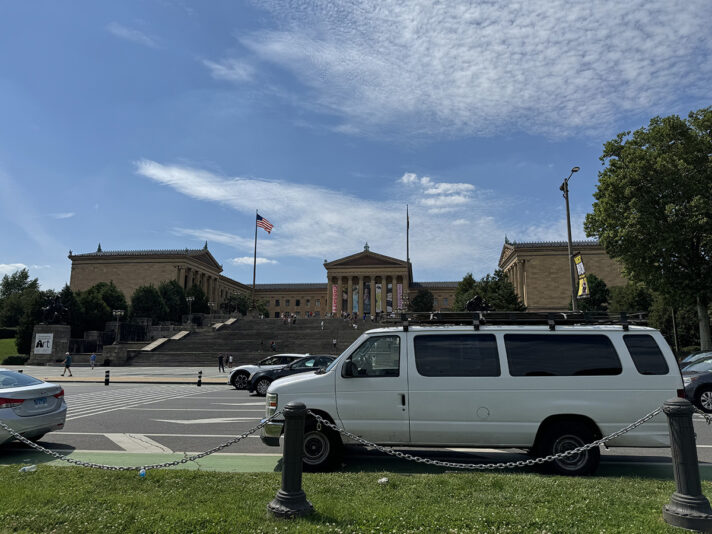
Been reading Quartersnacks since day one and I’m in NYC right now. Canada boy out here! All these words are true. Kenny Reed is the
Amazing article as always ;)
Kazakhstan?! I guess you’re kinda spoiled if you’ve been going to Barcelona on holiday since you were 16.
Might fuck around and take a skate trip to North Korea next
Great article but I think environmental issues that come with travelling should have been adressed